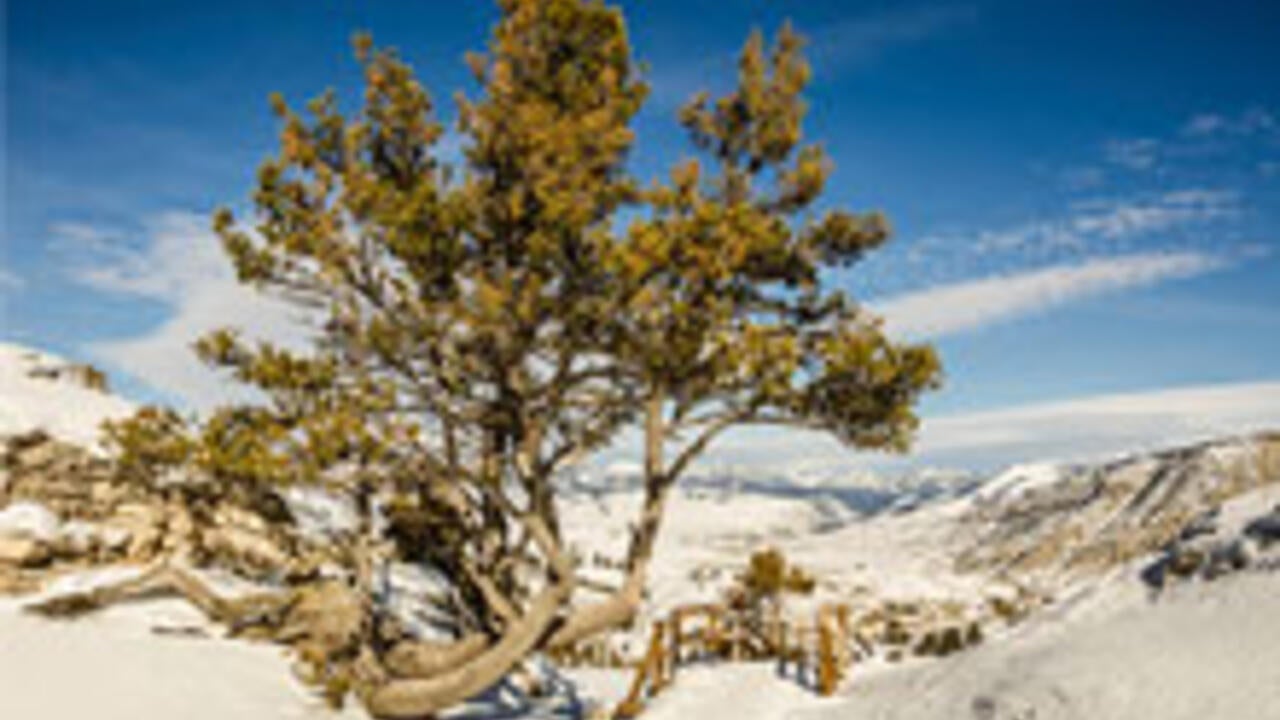
An alternative approach to dealing with invasive species
The whitebark pine tree has been decimated by a beetle and a killer fungus. A Waterloo researcher says it’s time to move the trees to new ground

The whitebark pine tree has been decimated by a beetle and a killer fungus. A Waterloo researcher says it’s time to move the trees to new ground
By Sam Toman Faculty of Environment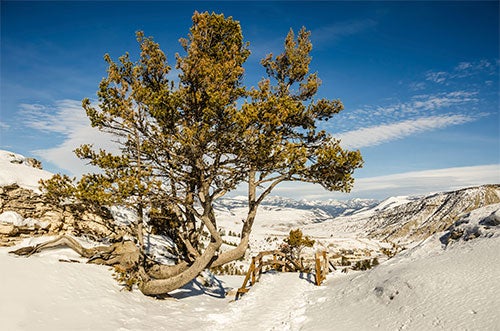
Think of the term ‘invasive species.’ It conjures images and feelings of an alien assault threatening our lives. It may be useful in raising awareness about a problem, but is it helpful in solving it?
“The problem is that the military trope for this really sets it up as good and bad and that they’re an enemy and it’s winnable. In a lot of incidences this isn’t right,” says researcher Brendon Larson, a professor in the Faculty of Environment, whose research on invasive species seeks to broaden the conversation on our relationship with the species we’ve deemed invasive.
Larson is one of the authors on a paper recently published in the prestigious journal Science. In the article, Larson along with global experts in everything from ecology to economics call upon policy leaders to follow holistic guiding principles when engaged in global restoration projects.
Linguistics surrounding ecosystem research is just one of a handful of disciplines Larson, whose work is firmly grounded in an education in biology, hopes to traverse as he works towards a more holistic and practical approach to our rapidly changing ecosystems.
While language is at the forefront of his work, he is also part of a growing number of scientists who believe that we can move plants and trees that have been affected by invasive species to a new place.
Take for example, Larson’s work with the whitebark pine, published in the journal Environmental Values and chronicled in the New York Times. The confluence of a killer fungus and hungry pine beetles wiped out half of all whitebark pines, rendering it an endangered species.
Traditionally, conservation biologists would seek to protect the pines in the habitat where they’ve come under threat. Often this means keeping threats out. But this might not work in the case of the whitebark pine, whose territory is also being altered by a shifting climate.
“I mean, there’s still good reasons to be trying to keep threats out but understanding this from a complexity standpoint, there are always going to be new threats arriving, it’s not going to be returned to a particular state that it was 150 to 200 years ago,” says Larson.
The radical solution researched by Larson, and his colleagues at Texas A&M University, is an assisted migration of the species to a habitat they can thrive in.
For some, such meddling with Mother Nature is unproven, and may be too radical. For Larson, it’s about being realistic about how we can solve the problem.
“The spread of a new species can be very expensive and can affect us in all kinds of ways.” Larson says. “You can still order seeds of plants you want to grow in your garden which are potentially invasive and get them from a seed catalog,” he explains.
Larson’s research takes on the challenge of conserving nature at present given the extent to which it is interwoven with humans. We have modified habitats globally, we are changing the climate and the soils, and we are moving species around the planet. These changes are so dramatic that geologists now refer to this epoch as the Anthropocene, or the ‘era of humans.’
“From a young age, I wanted to be a biologist,” says Larson, who is also chair of The Invasive Species Centre. “But it became increasingly clear to me that biology is not enough. Our current challenges require much more insight into human values and worldviews.”
For Larson, the problem begins with our laws and lawmakers.
“It’s trying to bring together different government stakeholders to manage this issue, because to this point there is no single policy dealing with invasive species issues,” he explains. “So that’s the kind of thing that legislation would try to control.”
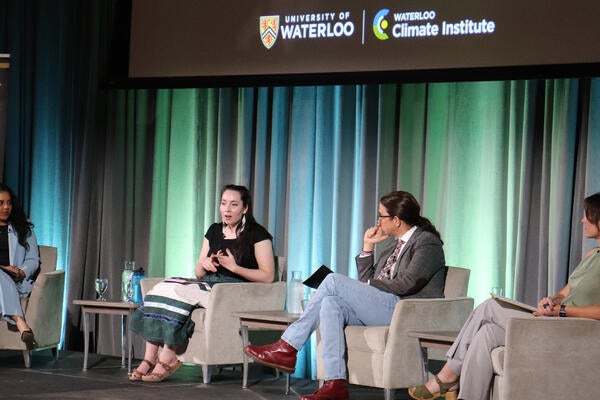
Read more
TRuST Scholarly Network hosts conversation on charting a course through climate misinformation to promote informed climate action
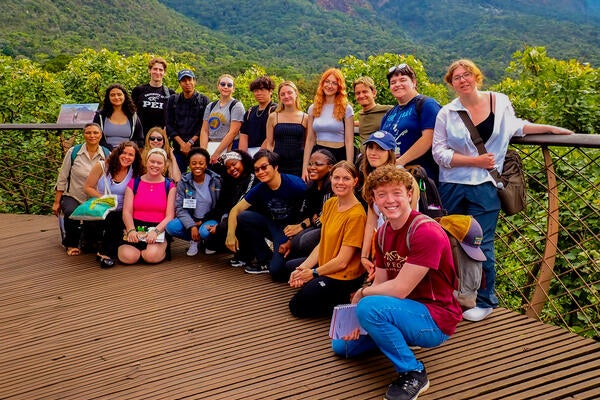
Read more
A Faculty of Environment field course allows Indigenous students to study biodiversity and social justice issues to create an impact in Cape Town
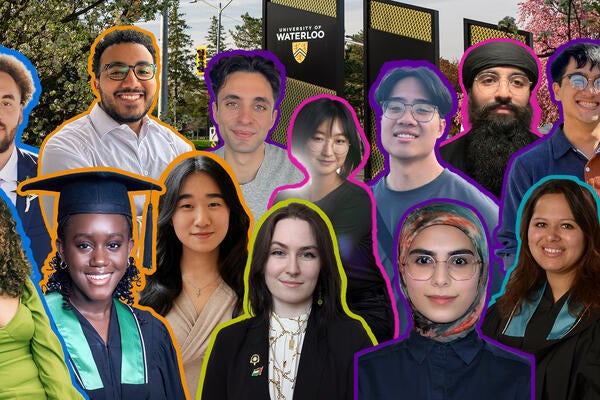
Read more
Meet the 13 exceptional students representing Waterloo’s newest grads
The University of Waterloo acknowledges that much of our work takes place on the traditional territory of the Neutral, Anishinaabeg, and Haudenosaunee peoples. Our main campus is situated on the Haldimand Tract, the land granted to the Six Nations that includes six miles on each side of the Grand River. Our active work toward reconciliation takes place across our campuses through research, learning, teaching, and community building, and is co-ordinated within the Office of Indigenous Relations.